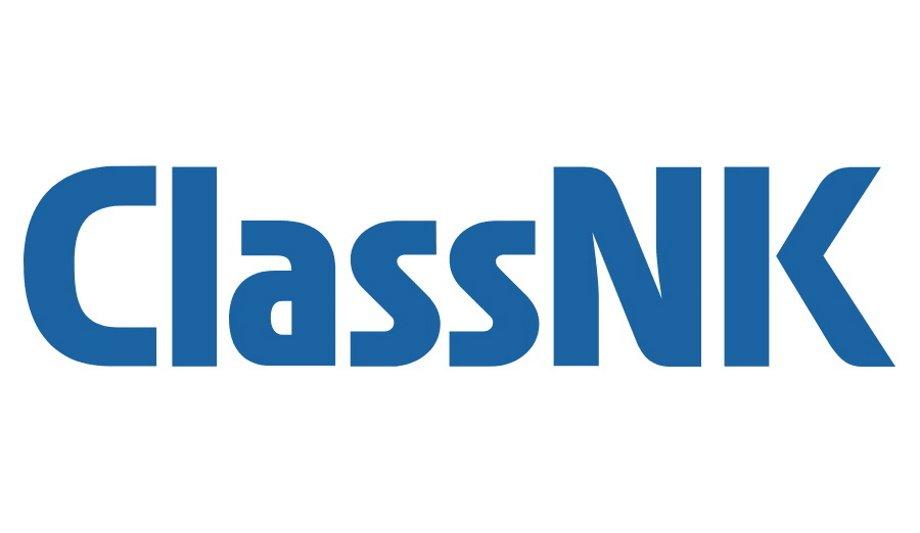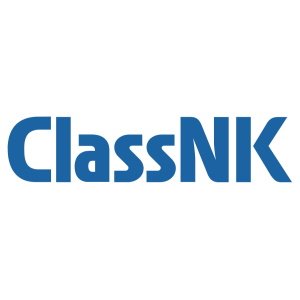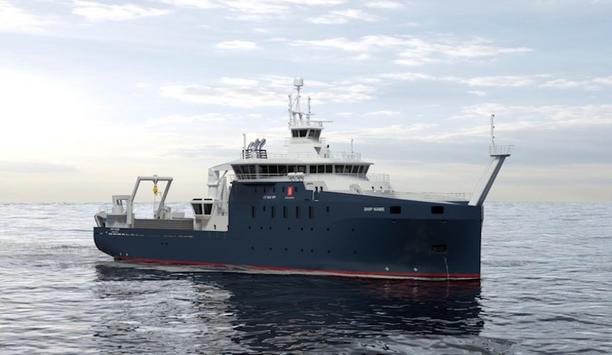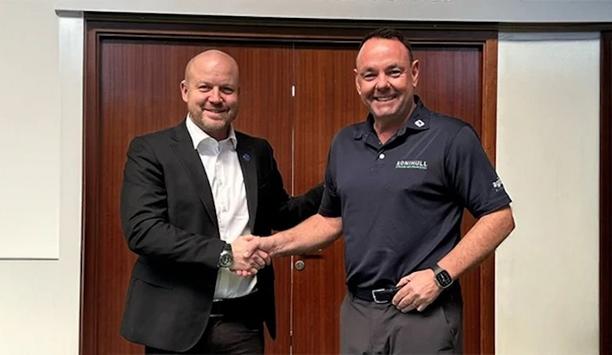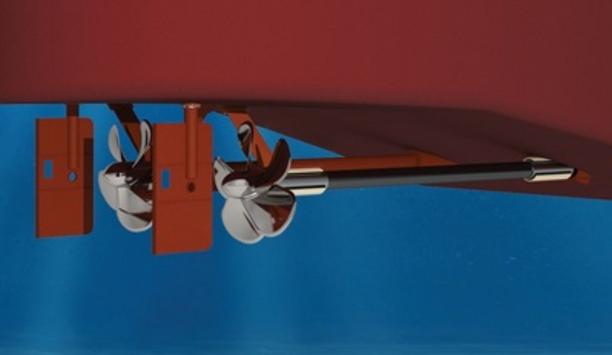Japanese maritime experts have announced the successful completion of the early phases of a cross-industry project aimed at creating a secure data-sharing framework between shipyards and ship owners to advance the use of digital twins throughout a ship’s lifecycle.
The project, which aims to enable the use of a vessel’s unique design data to optimise efficiency and safety at sea, as well as the sharing of operational data to inform new designs, brings together ship owners - NYK Group company, MTI Co. Ltd. (“MTI”), Mitsui O.S.K. Lines, Ltd. (MOL) and Marubeni Corporation, and shipbuilders - Imabari Shipbuilding, Japan Marine United Corporation, and Usuki Shipyard, along with software and data services provider - NAPA, and classification society - ClassNK.
Feasibility of increased data sharing
Initial results have confirmed the feasibility of increased data sharing between shipyards, ship owners
Initial results have confirmed the feasibility of increased data sharing between shipyards, ship owners, ship managers and charterers, among other stakeholders, by overcoming obstacles related to the sharing of sensitive design and operational data.
The first two phases of the project identified over 30 potential use cases where the data and 3D models used to design the ship can be shared securely and used to create a vessel-specific digital twin that helps improve operational efficiency and safety throughout its lifecycle.
Value of digital twins in supporting loading calculations
Further analysis confirmed the potential and value of digital twins in supporting loading calculations, ship condition monitoring and energy-saving device evaluation.
Building on the success of the feasibility study, the next phase will develop a new platform that will enable 3D models created during the design stage to be shared in a secure and access-controlled digital environment, together with new business models to implement this innovative approach in practice in commercial agreements.
New revenue stream for shipyards and solution providers
This could create a new revenue stream for shipyards and solution providers, as well as mechanisms to share benefits between stakeholders. This phase of the project is led by ClassNK as an impartial entity to ensure that the platform is neutral and fair.
The project aims to start operation in 2025, signaling a potential breakthrough in the sharing of design and operational data to overcome traditional barriers to the adoption of digital twins in the maritime sector.
Partnership to help improve future ship designs
The partnership also explored ways in which operational data can be fed back to shipyards
The partnership also explored ways in which operational data can be fed back to shipyards to provide valuable insights on how their concepts perform in real life, thereby enabling naval architects and engineers to improve future ship designs.
Mr. Naoki Mizutani, Executive Vice President for NAPA Studios, said: “Collaboration continues to be the underpinning foundation enabling the industry to develop new solutions and optimise existing operations for the energy transition.”
Bridging design and operational data for safer shipping
Naoki Mizutani adds, “Our Digital Twin project captures this enterprising spirit to reach a new milestone: bridging design and operational data for safer, more efficient and greener shipping.”
He continues, “This project also demonstrates that it is possible to build new types of partnerships with stakeholders across the value chain to make the most of industry expertise and maximise the potential of technologies at our fingertips.”
Digital twins are a key asset for shipping
Mr. Yoshimichi Sasaki, General Manager, Digital Transformation Center at ClassNK, said: “Digital twins are a key asset for shipping, particularly in the context of the energy transition.”
He adds, “They offer unparalleled insight into a ship’s unique design profile and characteristics, and unlock new opportunities to use this data to optimise operations and maintenance, while also expanding possibilities to deploy innovative technologies on board.”
Yoshimichi Sasaki continues, “This project demonstrates how we can break data silos to foster closer dialogue between shipyards and ship owners at a time of increasing design and operational complexity.”
